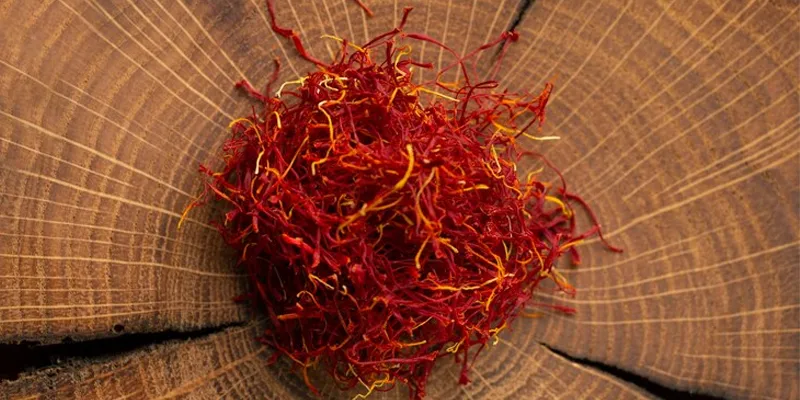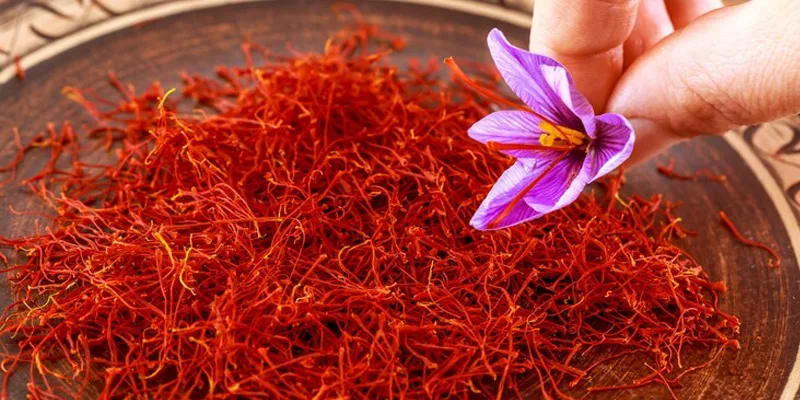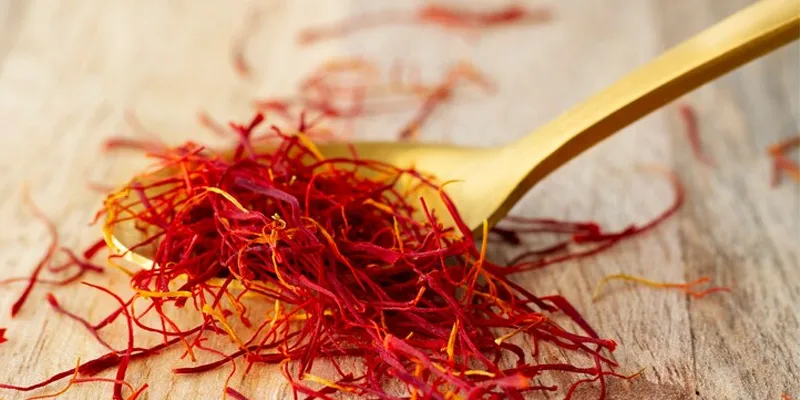What is Saffron Threads for Cooking?
Saffron threads, meticulously handpicked from the crocus flower, are renowned for his or her rich taste and hanging colour. This amazing spice imparts a different taste and visible enchantment to dishes, making it a coveted factor in kitchens worldwide.
Can You Eat Saffron Threads?
Yes, saffron threads are absolutely fit to be eaten. They are a prized addition to numerous dishes, contributing a completely unique taste profile and enhancing the general gastronomic revel in.
Is it Safe to Eat Saffron Threads?
Absolutely. Saffron threads are not handiest secure for intake however additionally boast several health benefits. Their antioxidant homes and anti inflammatory effects can positively impact usual well-being whilst included into a balanced weight loss program.
Are Saffron Threads Edible?
Indeed, saffron threads are not handiest safe to eat but additionally exceptionally favorite for their extraordinary taste and fragrant characteristics. When used judiciously, they raise the flavor profile of numerous culinary creations.

A saffron thread: A new Indian origin
Saffron fibers contain a wealth of facts, and originate from the Indian subcontinent. This aromatic spice has been a great cornerstone of Indian cuisine for centuries, providing its awesome flavors and colors to a wide variety of dishes
Saffron thread: Natural culinary masterpiece
Saffron yarn is nature’s sensitive work of art, with a blend of smell, taste and colour. Its austere design highlights the intensity of the superb flavors on offer in the dishes, making it a treasure trove for culinary enthusiasts.
A Saffron Thread in NYC: A Culinary Journey
In the colorful kitchen of New York City, saffron thread adds a touch of richness to dishes. Its presence in NYC kitchens is a testament to the city’s diversity and complexity.
How to use saffron fibers in cooking: flavors released
Start by soaking saffron fibers in a warming liquid like water or juice to soften its full effect. This brings the color and flavor of the spices into the water, which can then be stored in sensory experience jars in reality


